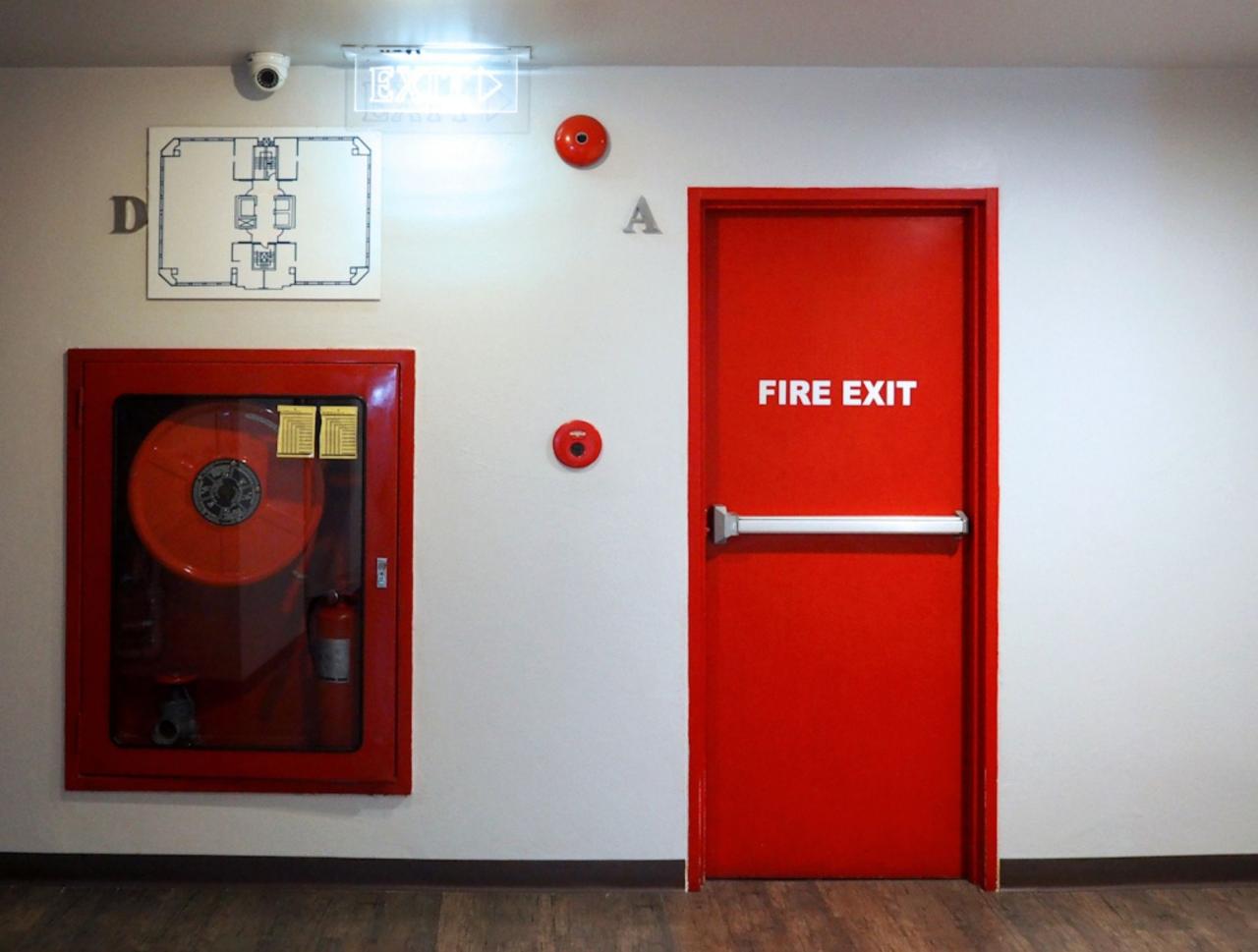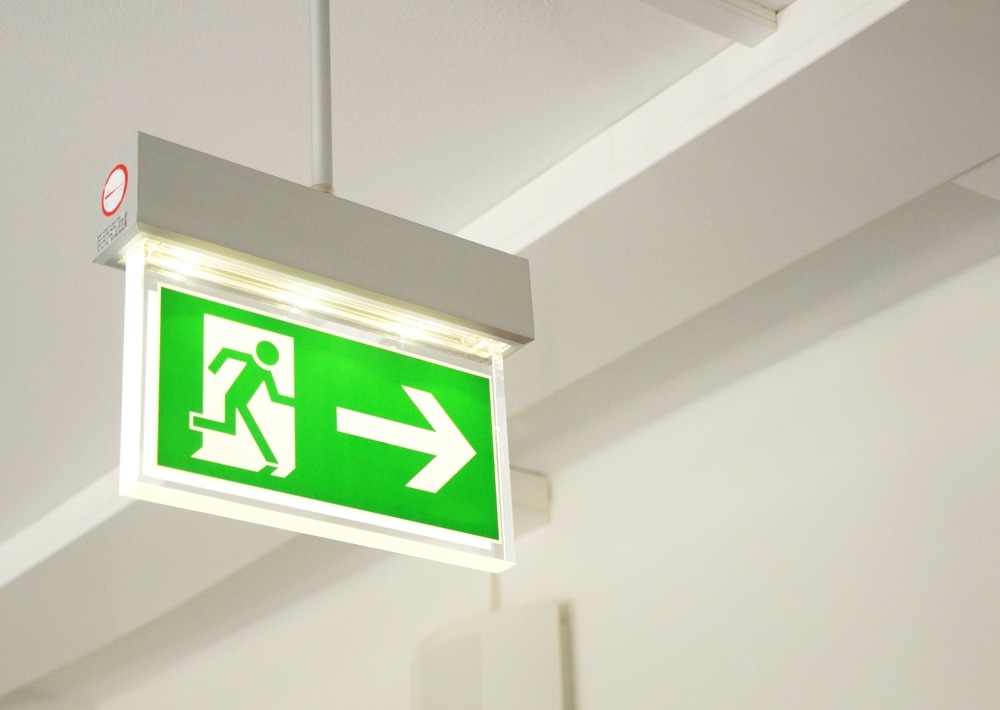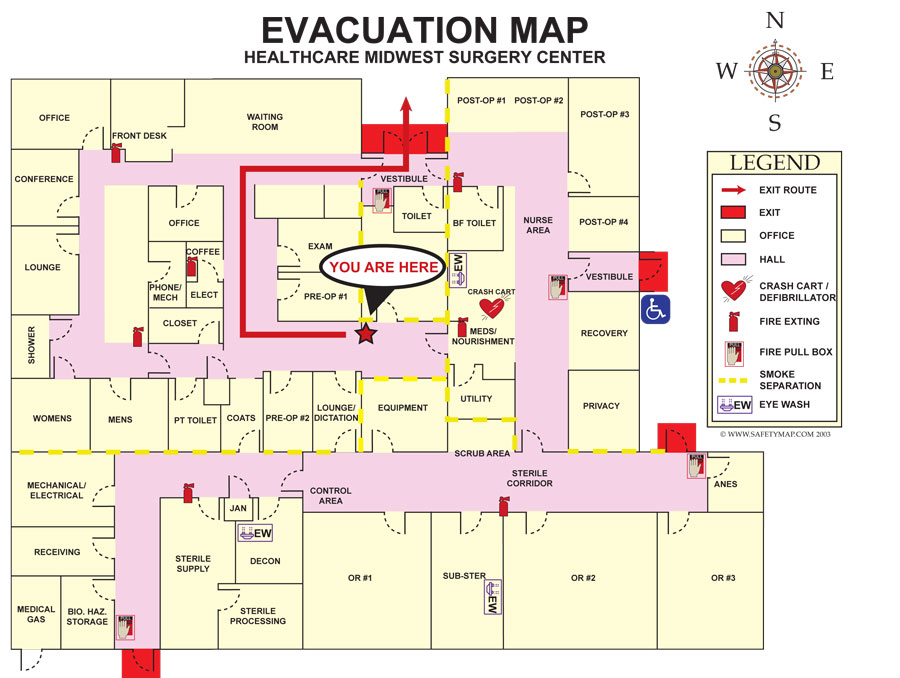Emergency exits and architectural compliance for incidents set the stage for this enthralling narrative, offering readers a glimpse into a story that is rich in detail and brimming with originality. In this exploration, we dive into the crucial aspects of emergency exits and architectural design to ensure safety and compliance in various scenarios.
Emergency Exits

Emergency exits play a crucial role in ensuring the safety of building occupants in case of emergencies such as fires, earthquakes, or other disasters. Properly designed and maintained emergency exits provide a clear and quick pathway for people to evacuate a building safely.
Legal Requirements for Emergency Exits
In architectural design, there are strict legal requirements for emergency exits to ensure compliance with building codes and regulations. These requirements specify the number of exits needed based on the building’s occupancy, the dimensions of the exits, the travel distance to reach an exit, and the accessibility of exits for people with disabilities.
Types of Emergency Exits
Emergency exits can take various forms, including doors, windows, staircases, and ramps. Each type of exit serves a specific purpose and must meet certain criteria to be considered a safe means of egress during an emergency. Doors should open outward to facilitate easy evacuation, windows should be large enough for a person to pass through, and staircases should be wide enough to accommodate the expected flow of people.
Signage and Marking Requirements
Proper signage and markings are essential for guiding people to emergency exits during stressful situations. Exit signs should be clearly visible, illuminated, and indicate the direction of the nearest exit. Floor markings, arrows, and emergency lighting can also help people navigate their way to safety in case of an emergency.
Architectural Compliance for Incidents

Architectural compliance plays a crucial role in ensuring the safety of buildings and occupants during emergencies. By following safety regulations and incorporating specific design features, architects can help minimize the risks associated with various incidents.
Role of Architectural Compliance
Architectural compliance involves designing buildings that meet safety standards and regulations to protect occupants in case of emergencies. This includes ensuring proper placement of emergency exits, fire suppression systems, and structural stability to withstand different types of incidents.
Architectural Features for Safety
- Properly marked emergency exits with clear signage
- Fire-resistant materials used in construction
- Adequate ventilation systems to prevent smoke buildup
- Accessible ramps and elevators for individuals with disabilities
Impact of Building Materials
Building materials play a significant role in architectural compliance for incidents. Fire-resistant materials such as concrete, steel, and fire-rated glass can help slow down the spread of fire and provide valuable time for evacuation. On the other hand, flammable materials like wood can pose a higher risk during fires.
Design Considerations for Different Incidents
Fire
Focus on fire-resistant materials, proper ventilation, and safe evacuation routes.
Earthquakes
Incorporate flexible building designs to withstand seismic activity, such as reinforced structures and base isolators.
Floods
Elevate buildings in flood-prone areas, use water-resistant materials, and ensure proper drainage systems are in place.
Wrap-Up

In conclusion, understanding the significance of emergency exits and architectural compliance is paramount for creating secure environments. By adhering to legal requirements and implementing effective safety measures, buildings can be better prepared for any unforeseen incidents that may arise.
Popular Questions
What are the legal requirements for emergency exits in buildings?
Legal requirements for emergency exits typically include the number of exits needed, their location, size, and accessibility.
How do different types of incidents impact architectural compliance?
Various incidents like fires, earthquakes, and floods require different design considerations to ensure architectural compliance and safety.
What are some examples of architectural features that enhance compliance with safety regulations?
Features like fire-resistant materials, clearly marked exit routes, and proper lighting contribute to enhancing compliance with safety regulations.









